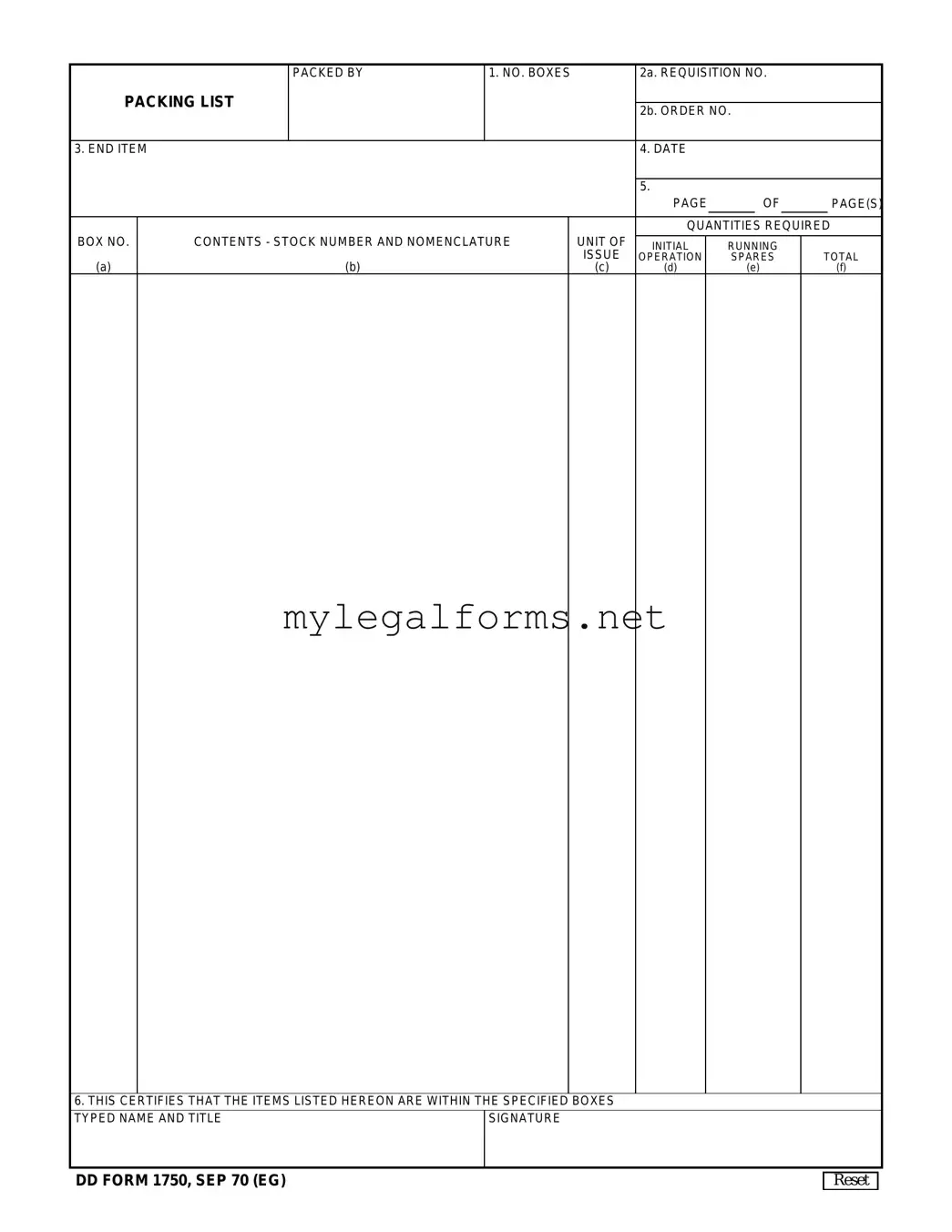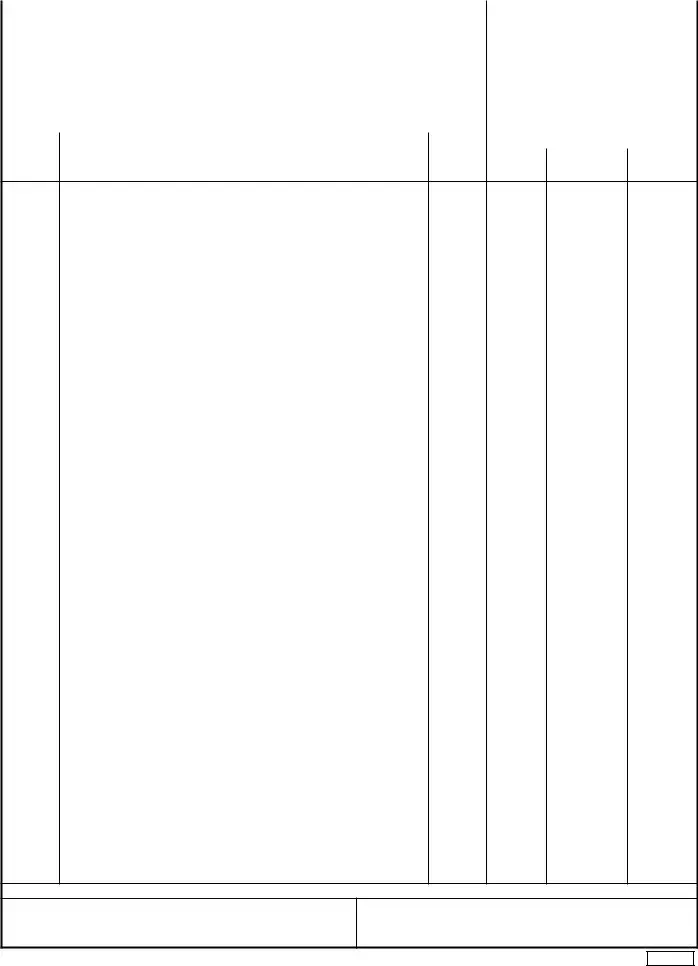Filling out the DD Form 1750 can be straightforward, but many people make common mistakes that can lead to delays or issues. One frequent error is failing to provide the correct requisition and order numbers. These numbers are essential for tracking and correspondence related to the shipment. Omitting or incorrectly entering these numbers can cause confusion and complicate the processing of the order.
Another common mistake involves inaccurate item descriptions. When listing the stock number and nomenclature, it is crucial to be precise. Inaccurate descriptions can lead to the wrong items being shipped or received. Always double-check the information against the original documents to ensure accuracy.
Many individuals also neglect to include the date of preparation in the appropriate section. This date is important for record-keeping and tracking purposes. Without it, there may be confusion about the timeliness of the shipment or its relevance to other documents.
In addition, errors often occur in the quantities required section. It's essential to ensure that the numbers listed reflect the actual needs. Miscalculating the required quantities can lead to shortages or excesses, complicating inventory management and operational readiness.
People frequently overlook the importance of signatures and titles. The form must be signed by an authorized individual, and their title should be included. This signature verifies the accuracy of the information provided and confirms accountability.
Another mistake is not utilizing the optional columns correctly. Columns for initial operation and running spares should be filled out as needed. Ignoring these sections can result in incomplete information, which may hinder the operational capability of the equipment.
Lastly, individuals often fail to review the reverse side of the form for additional notes and guidance. This section contains important clarifications and instructions that can prevent misunderstandings. Taking the time to read through all parts of the form ensures a more accurate and efficient submission.


